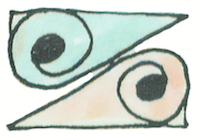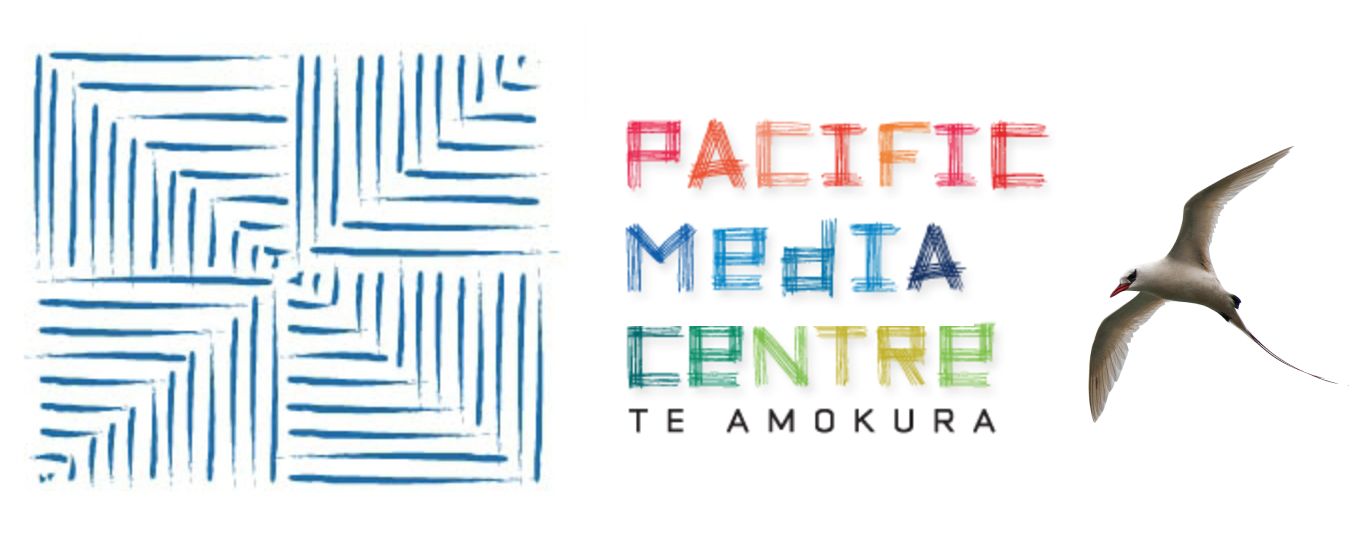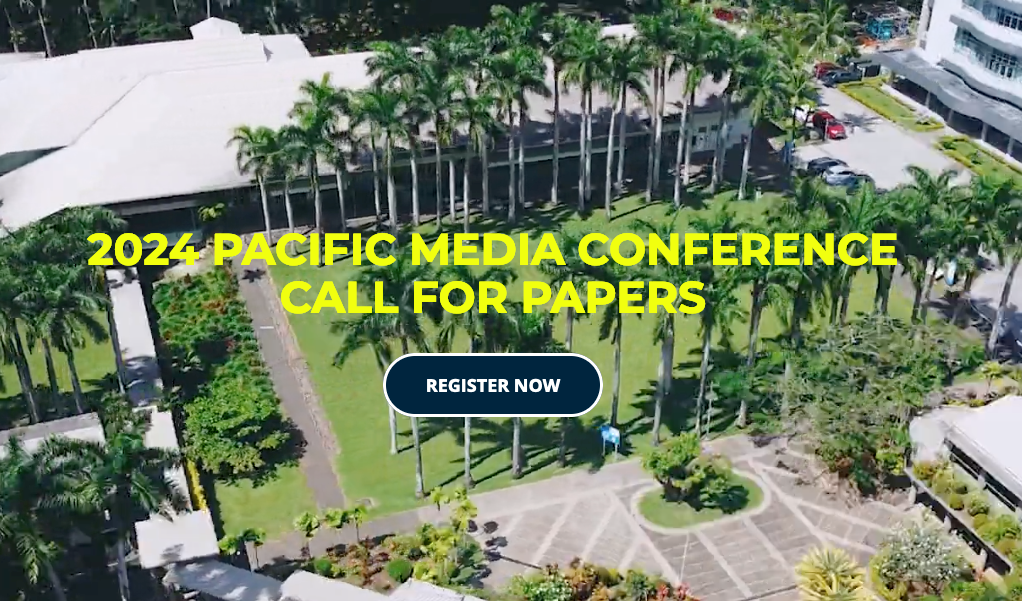Press freedom and communication rights: What kind of journalism does democracy need?
Abstract
The task of identifying appropriate models of journalism for Pacific Island nations as they strive for more democratic governance is not a straightforward one. This article summarises several contending models of democracy—market liberalism/competitive elitism, public sphere liberalism, and radical democracy—and their attendant expectations of news media. When measured against the stated ideals of press freedom, and notwithstanding the emergence of the internet, the existing news systems of the dominant Western liberal-democracies, notably the US and UK, have significant democratic shortcomings, in relation to ‘watchdog’, public sphere, community-building and communicative equality criteria. Accordingly, the author argues that the practices and concept of press freedom need to be expanded and supplemented by a broader understanding and implementation of communication rights, entailing legal and cultural forms that support the full participation of all segments of society in the social cycle of communication. Such a paradigm is especially appropriate for postcolonial countries dealing with issues of economic development and inter-ethnic conflict.Downloads
Metrics

Copyright (c) 2013 Robert A. Hackett

This work is licensed under a Creative Commons Attribution-NonCommercial 4.0 International License.















